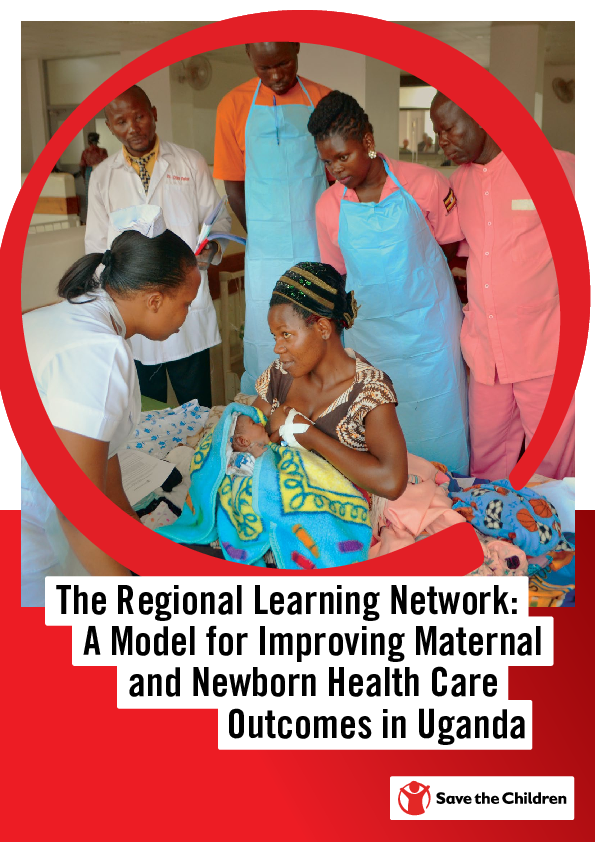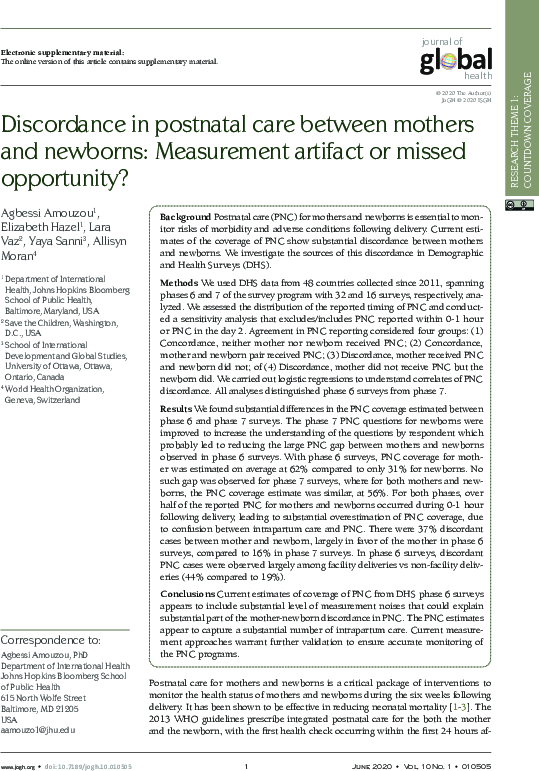
Study: Research
Effective Coverage Measurement in Maternal, Newborn, Child, and Adolescent Health and Nutrition: Progress, future prospects, and implications for quality health systems
Publication year:
2020
English
Format:
pdf (645.5 KiB)
Publisher:
The Lancet
Universal health coverage is at the centre of Sustainable Development Goal (SDG) 3: “to ensure healthy lives and promote wellbeing for all, at all ages”, and is described as the key driver for achieving health-related targets. Monitoring progress towards achieving universal health coverage requires metrics that capture information on the proportion of the population in need of care that receives health services at a sufficient level of quality to yield the intended health benefits. Effective coverage adds the dimension of quality of care to the measurement of intervention coverage and aims to better capture the potential health benefits of an intervention. However, despite the potential of the effective coverage approach to overcome some of the limitations of intervention coverage, consensus has not been reached on its definition, methodological approaches for measurement, and how indicators of effective coverage should be interpreted to inform global monitoring and national programmes and policies. This variability in definition leads to confusion as to what actions should be taken to monitor and improve the quality of care. Due to varying approaches to estimate effective coverage, the data used to measure effective coverage vary greatly from self-reported population surveys, surveys with biomarkers, observations, facility surveys, and routine data collected through the Health Management Information Systems. Although the data used to estimate effective coverage often depend on the concept being measured (eg, the content of visit, the readiness of health-care facility to provide care), sometimes the same concepts use different data sources. Standardization of methods to measure effective coverage is urgently needed to ensure that health programmers and policymakers can take informed actions to improve the quality of care for maternal, neonatal, child, and adolescent health and nutrition (MNCAHN).
Read full abstract
Authors
View & Download
Document information
Publisher
Authors
Format
Content type
Topics
Rights
© Author/Publisher
Found a mistake? Help us improve!
If you have noticed a document assigned to the wrong author or any other inaccuracies, let us know! Your feedback helps us keep our data accurate and useful for everyone.
Related Documents
Share
Link




